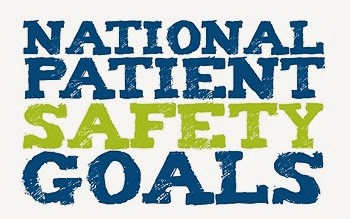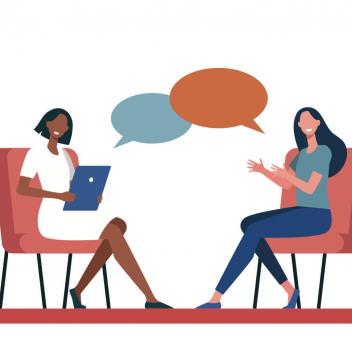Impact on World Health due to Disappearing Borders
Impact on World Health due to Disappearing Borders
(Impact on World Health due to Disappearing Borders) Give 2 examples (1 negative, 1 positive) of how you feel the impact the disappearing borders is impacting world health.(1 paragraph for each)

Here are two examples, one negative and one positive, of how disappearing borders are impacting world health:
- Negative Impact: Disappearing borders have exacerbated the spread of infectious diseases globally. With increased travel and trade across international boundaries, diseases like COVID-19 can quickly transcend borders, making containment and coordinated responses challenging. This phenomenon was starkly evident during the early stages of the COVID-19 pandemic when the virus spread rapidly from its origin in Wuhan, China, to countries around the world. The interconnectedness facilitated by globalization has highlighted the need for stronger international health regulations and cooperation to effectively manage and mitigate future pandemics. (Impact on World Health due to Disappearing Borders)
- Positive Impact: On the positive side, disappearing borders have facilitated greater collaboration in medical research and healthcare delivery. Scientists and healthcare professionals from different countries can now easily share information, innovations, and best practices to enhance global health outcomes. For instance, advancements in telemedicine and virtual healthcare have enabled medical experts to consult and treat patients across borders, particularly in underserved regions. This cross-border collaboration has also accelerated the development of vaccines, treatments, and diagnostic tools, as seen in the rapid global response to developing COVID-19 vaccines within record time. Such collaborative efforts underscore the potential for globalization to improve health equity and access to quality care worldwide.
These examples demonstrate how the phenomenon of disappearing borders can have both negative and positive implications for global health, highlighting the importance of international cooperation and strategic planning in managing health challenges on a global scale.
References
https://pubmed.ncbi.nlm.nih.gov/11584737/


:max_bytes(150000):strip_icc()/alternative-therapies-types-and-uses-5207962_final-406a673fa76e41d9add8ce4771222dd0.png)




:max_bytes(150000):strip_icc()/article_7866255_foods-you-should-eat-every-week-to-lose-weight_-04-d58e9c481bce4a29b47295baade4072d.jpg)

